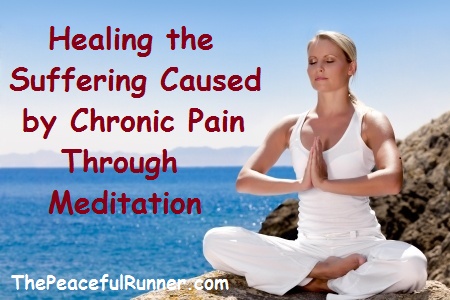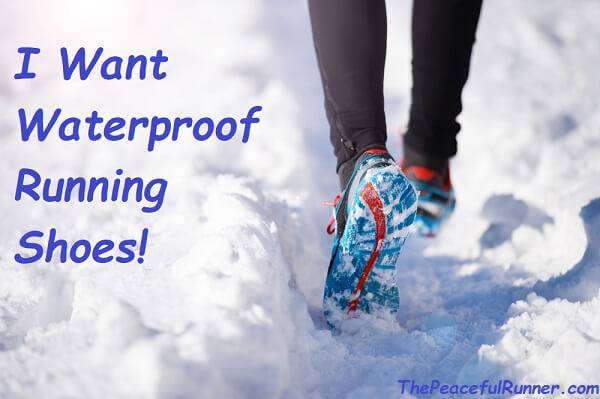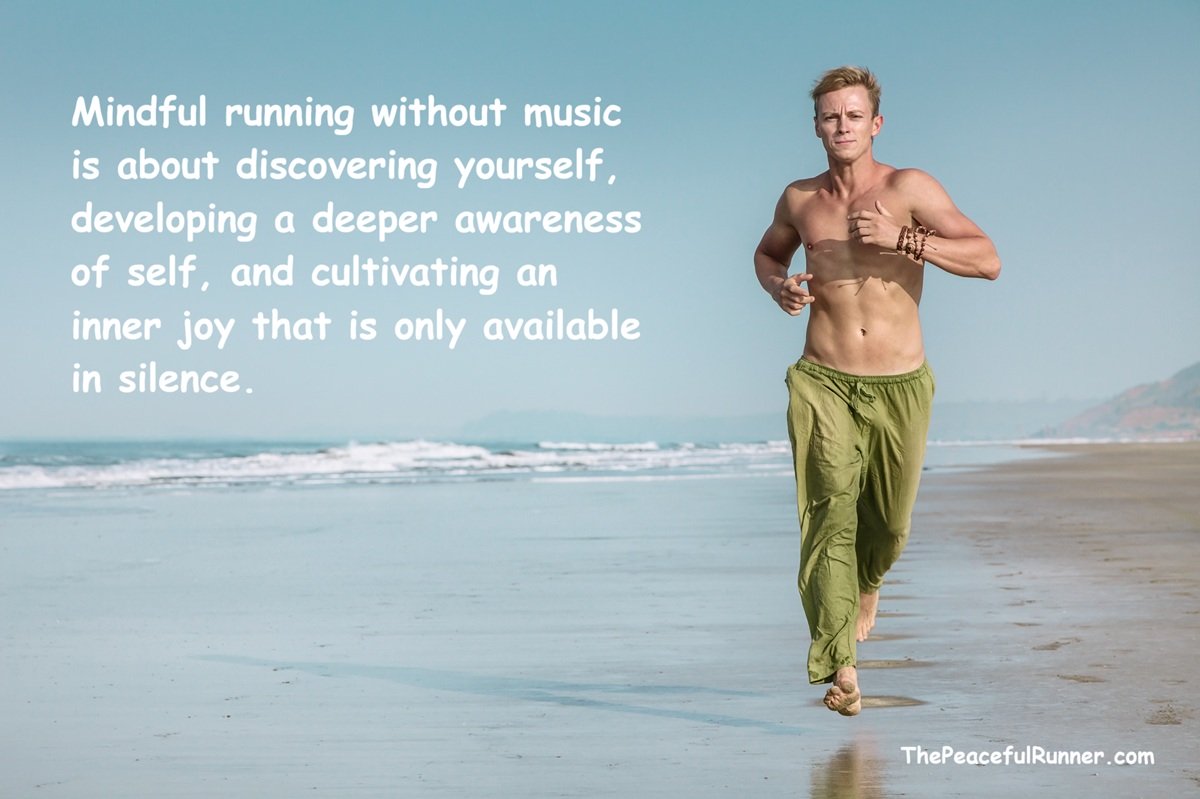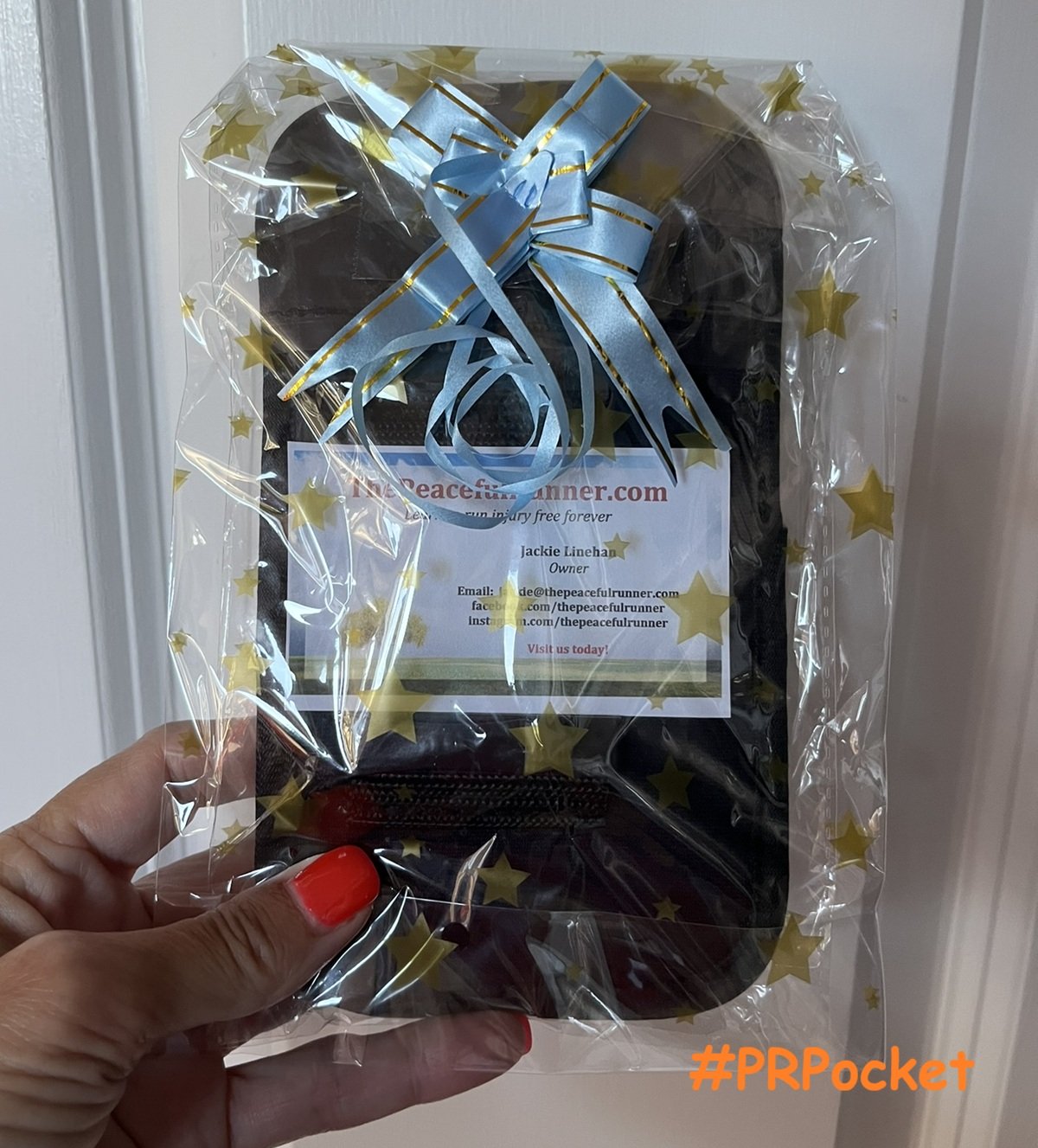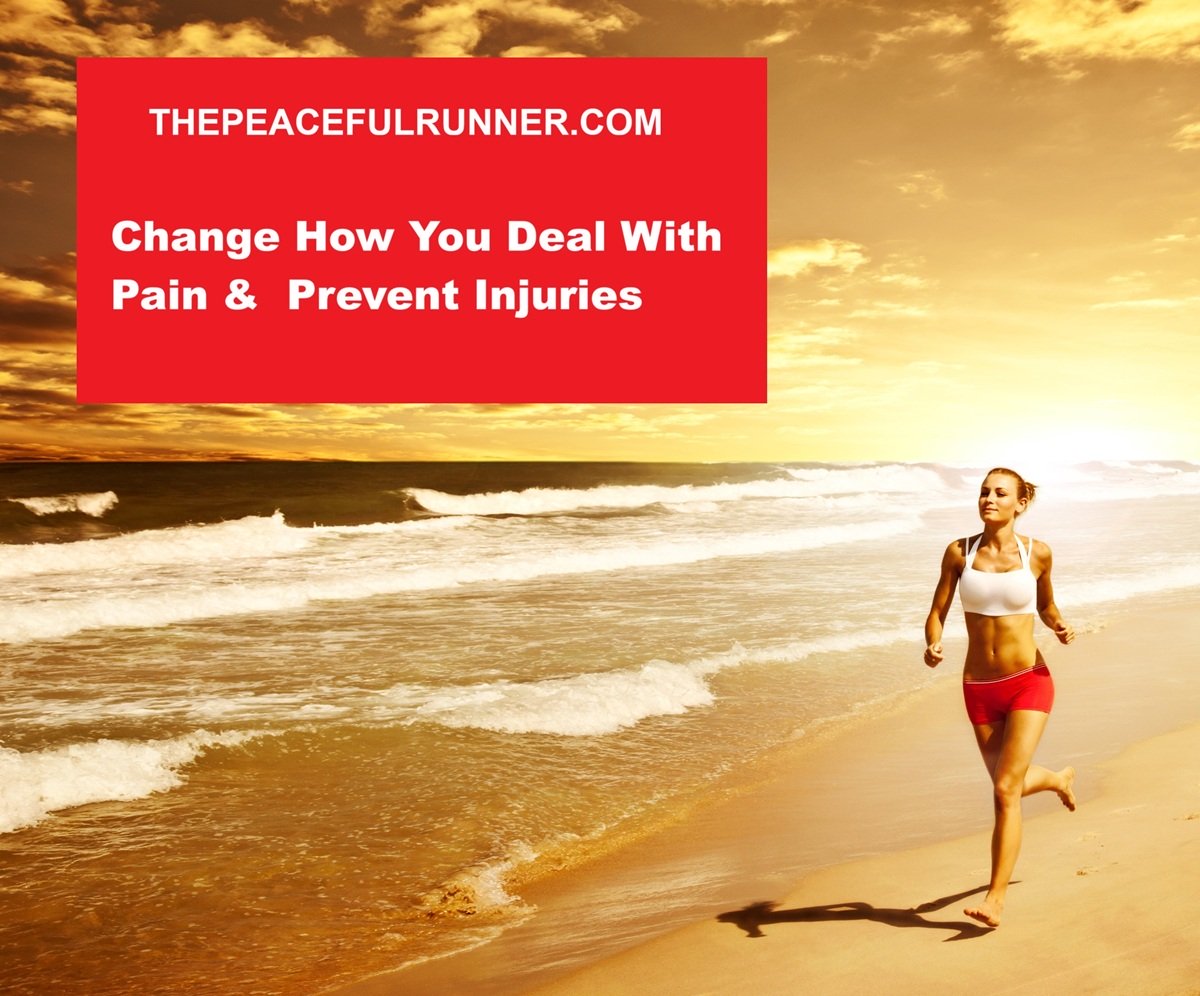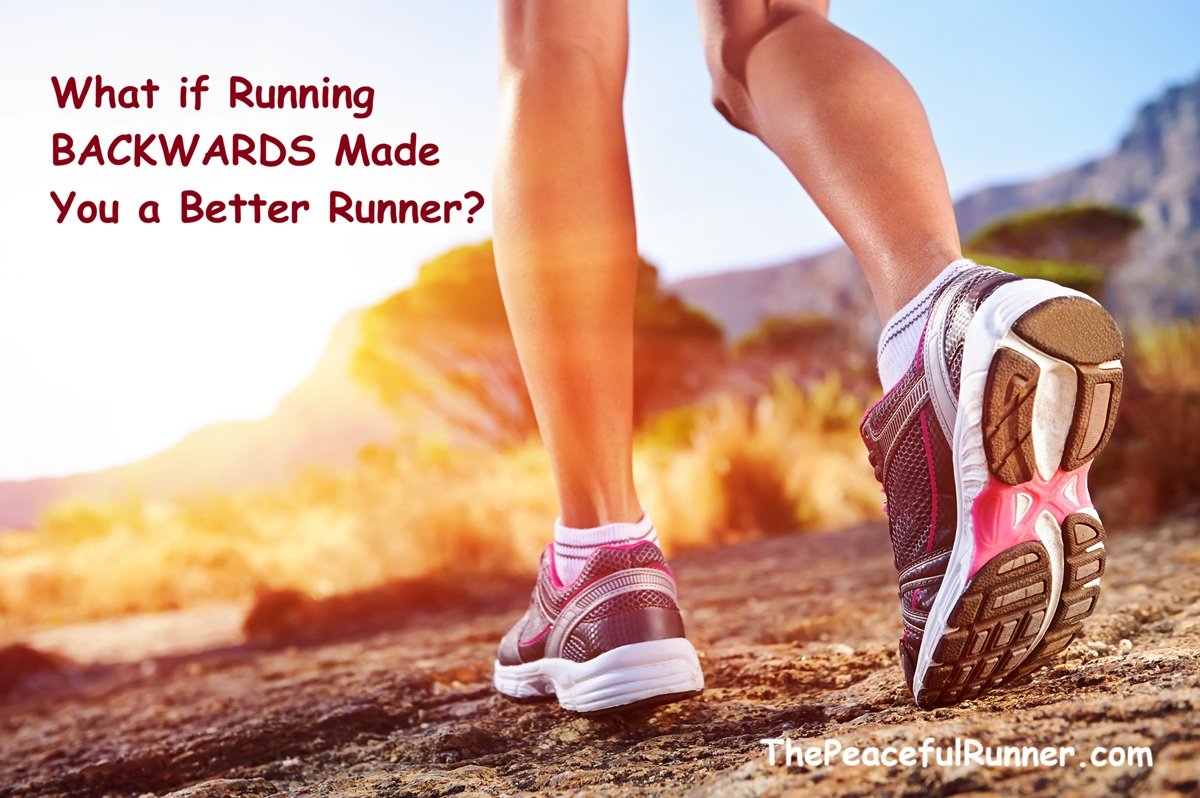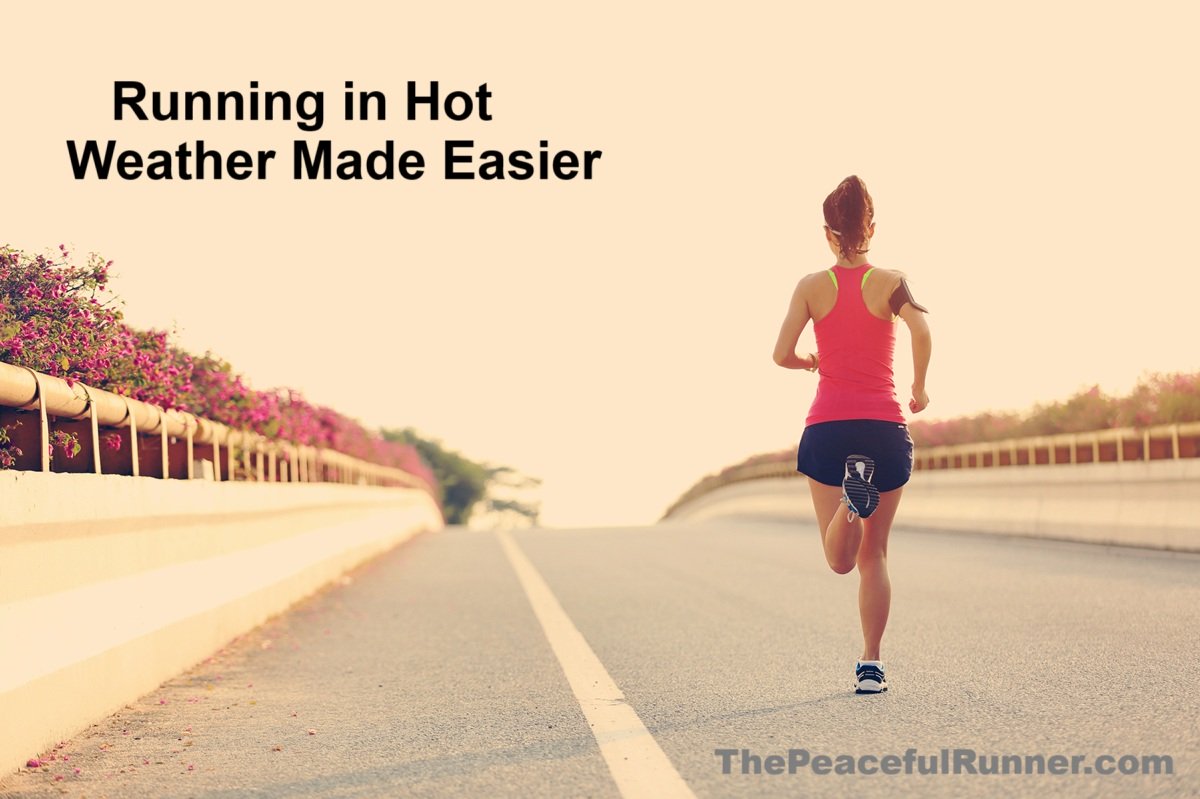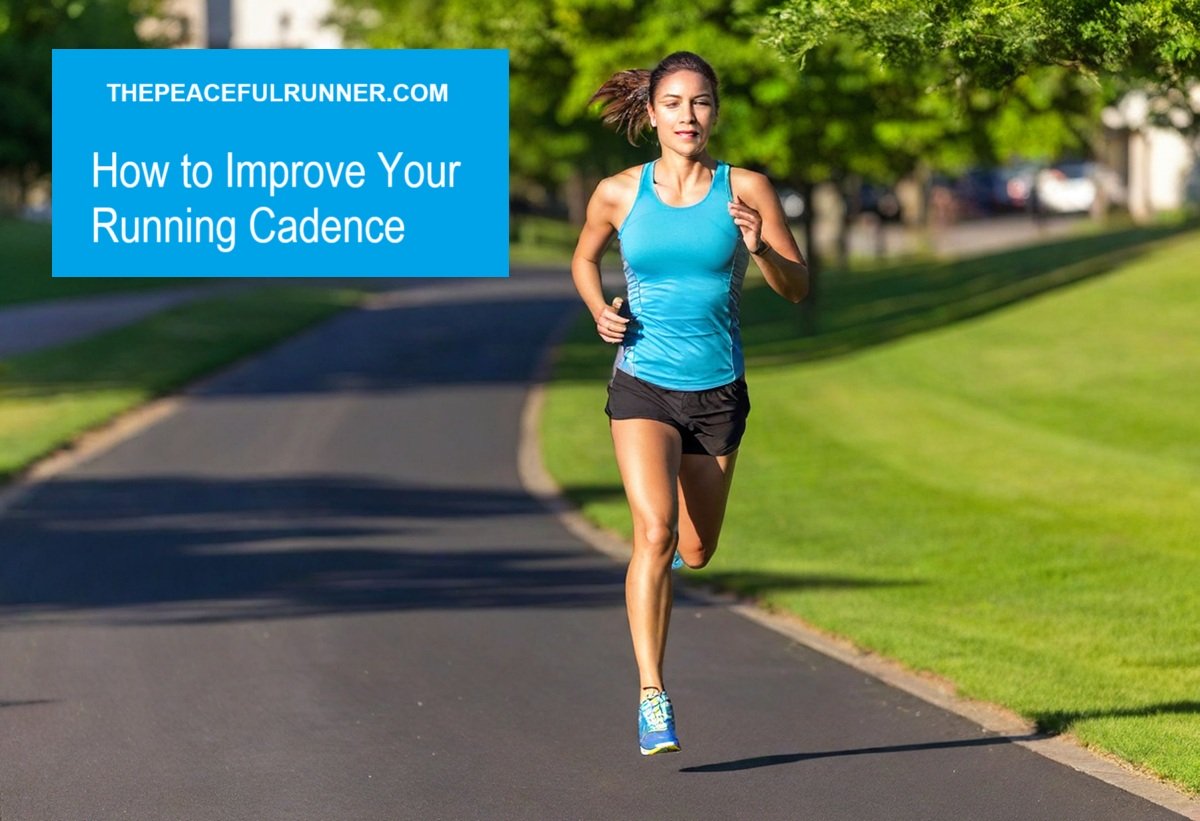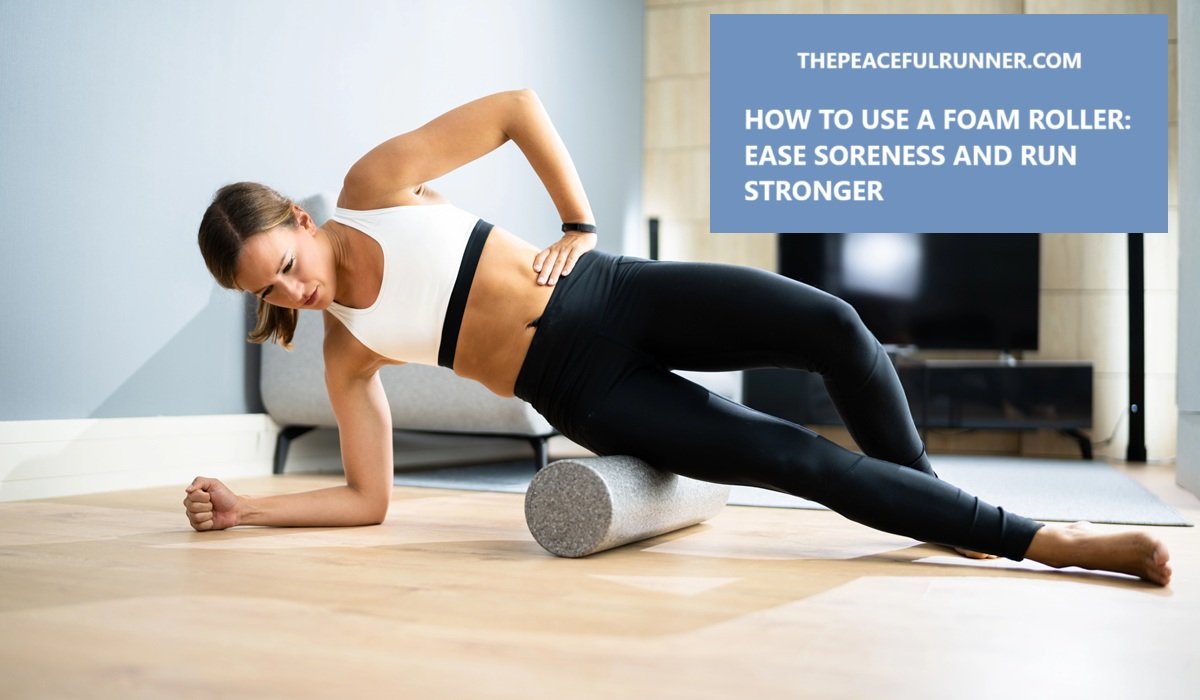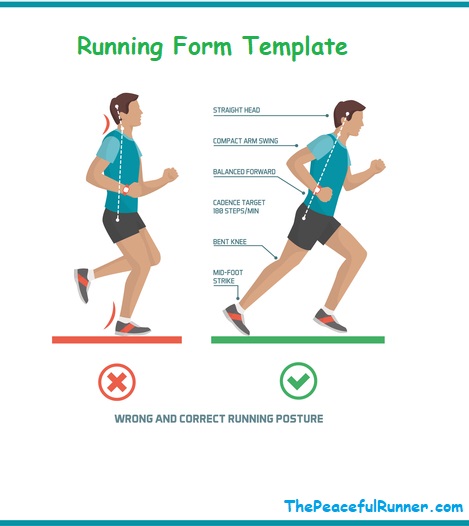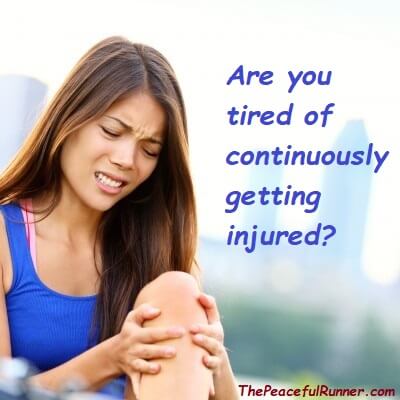- Home
- Running & Meditation
- Chronic Pain
Healing the Suffering Caused by Chronic Pain Through Meditation
Guest Article By: Richard S. Ellis
FTC Disclosure: As an Amazon Associate, I earn from qualifying purchases. Learn more
Chronic pain can be a prison with deep, dark, dank, cramped cells and impenetrable walls. I know that place all too well. Later in this article I will describe my experiences with chronic pain and tell the story of how meditation helped me escape from that prison and transform my suffering into healing.
My experiences are chronicled in my recently published book, Blinding Pain, Simple Truth: Changing Your Life Through Buddhist MeditationMeditation is at the heart of this website, ThePeacefulRunner.com, which advocates meditating while running as a way of reducing injuries, staying in the present moment, and having more peaceful and enjoyable runs. Running is movement, and as Moshe Feldenkrais observed, “movement is life; without movement there is no life.” He is the founder of the Feldenkrais Method, a mind-body approach to enhance well-being by increasing self-awareness through movement.
Movement is life and exercise is life. It is axiomatic that regular exercise — running, walking, swimming, and biking — benefits the entire body including the mind and is a foundation of good health. These insights into the importance of movement inspire me to propose adding movement to the five necessities of life, which are air, water, food, clothing, and shelter.
The importance of movement hit me in the gut whenever I visited my mother in the nursing home where she lived. After falling and breaking her hip several times, she was confined to a wheelchair, a condition that caused her to become frequently depressed. After decades of unhappiness and years of being unable to walk, my mother willed herself to die.
As Feldenkrais, the Buddha, and many other wise people have taught, our appreciation of the six necessities of life is immeasurably deepened by bringing self-awareness to the corresponding activities. I am breathing, and I know I am breathing, and I am grateful for this breath that sustains my life. I am moving, and I know I am moving, and I am grateful for this body that moves upon this Earth, which supports me.
Bringing self-awareness to these activities is an aspect of mindfulness, which is the calm and direct awareness of what is happening in the present moment, in my body, in my mind, and in the world around me. Mindfulness is cultivated by meditation. I have been meditating for 30 years, first casually and then part of a daily practice.
My Experience with Chronic Pain and Meditation
I began this daily practice out of total desperation, precipitated by an onslaught of incapacitating headaches that in February 2000 nearly destroyed my career. The pills prescribed by the many doctors I consulted changed my personality and drained all my intellectual and emotional energy. To protect myself, I sought refuge in the prison of chronic pain, where I fortified myself in an armor of fear, anger, avoidance, resentment, and self-pity, all of which only increased my suffering.
After two and half years of suffering and chronic pain, I was fortunate to meet a therapist who showed me the way out. Jean Colucci guided me in meditation and during the summer of 2003 urged me to participate in a meditation retreat. At that retreat I experienced the truth about the headaches and the suffering they had caused. This truth is so simple, yet so deep: it is not the pain that causes suffering, but the mental state associated with the chronic pain. Through meditation I learned not to push the pain away, or to react to the pain with anger and fear, but rather to accept it.
Accepting the headaches allowed them to become my best teacher, a wise guide who continues to reveal new insights about life and pain and suffering and letting go and love. Meditation has bestowed many additional gifts of infinite worth: it calms my mind, enables me to connect with the wisdom of my body and the wisdom of the present moment, allows my body’s natural healing powers to flourish, and has freed me from the prison of chronic pain into a vast landscape of equanimity and peace.
The wisdom about pain, suffering, and healing that the headaches revealed is the subject of my recently published book, Blinding Pain, Simple Truth: Changing Your Life Through Buddhist Meditation. My goal in writing it is to empower people who suffer from physical and emotional pain to heal their suffering and embrace their lives with equanimity, gratitude, and joy.
At the 2003 meditation retreat and at other retreats I have attended, participants divide their time between sitting meditation, which brings mindfulness to the breath, and walking meditation, which brings mindfulness to the moving body. That one focuses on these two activities highlights their importance among the six basic activities of breathing, drinking, eating, moving, being clothed, and being sheltered. Breathing and moving are also distinguished by the fact that of the six activities they are the most repeatedly done; we breathe continuously and move frequently, often without awareness. Focusing mindfully on them during a retreat allows us to become aware of how miraculous these repeated activities truly are.
In his article titled “Walk Like a Buddha” (Tricycle, Summer 2011), Thich Nhat Hanh uses the following words to express the miracle of walking, which extends to any movement including of course running:
"As you walk, be fully aware of your foot, the ground, and the connection between them, which is your conscious breathing. People say that walking on water is a miracle, but to me walking peacefully on the Earth is the real miracle. The Earth is a miracle. Each step is a miracle. Taking steps on our beautiful planet can bring real happiness."
By breathing mindfully and moving mindfully, we become aware of our miraculous bodies and the miraculous Earth, and we celebrate the exuberant joy of being alive.
About the Author:
Richard S. Ellis is a father, a grandfather, and a teacher, and he is married to a teacher. He is a professor of mathematics and an adjunct professor of Judaic studies at the University of Massachusetts Amherst. He has published numerous papers in mathematics and is the author of two research-level math books. He has also published poetry and articles on the Torah, literature, art, and anti-Semitism and the Holocaust.
To learn more about his recently published book, Blinding Pain, Simple Truth: Changing Your Life Through Buddhist Meditation visit his website at RichardSEllis.com.
You can also email Richard at rsellis_at_math_dot_umass_dot_edu. Information about his work and interests is available at www.math.umass.edu/~rsellis.
Related articles:
Guided Running Injury Healing Meditation
How Do You Deal with Running Pain
5 Reasons Runners Need to Meditate
Treat chronic pain with Feldenkrais
Relieve Chronic Pain, Improve Balance, Shoulder Mobility, Move with Ease, Pain Management and More!
Back to top of Chronic Pain
Return to Running and Meditation
- Home
- Running & Meditation
- Chronic Pain
FTC Disclosure: As an Amazon Associate, I earn from qualifying purchases. Learn more
NEW FEATURE - DISQUS COMMENTS!
Login using Facebook, Twitter, Google or Disqus.
Recent Articles
-
Winter Running Tips and the Best Waterproof Running Shoes
Nov 15, 25 01:55 PM
-
When the Music Stops, Awareness Begins
Nov 05, 25 10:54 AM
-
Get yours in time for gift giving!
Oct 24, 25 12:32 PM
-
Change How You Deal with Running Pain
Oct 10, 25 08:53 AM
-
Surprising Benefits of Backwards Running
Sep 15, 25 12:40 PM
-
It's an Awesome Product!
Aug 28, 25 09:25 AM
I went out for a walk this morning and I used the #PRPocket for the first time. I had to check at least 3 times because I thought I lost my phone (iPhone -
Running in Hot Weather: What Every Runner Needs to Know!
Aug 14, 25 01:00 PM
-
Sick of Dieting? You’re Not Alone — And There Is a Better Way.
Jul 30, 25 12:18 PM
-
Tips and Drills to Improve Your Running Cadence
Jul 25, 25 12:52 PM
-
Give Yourself a Self-Myofascial Release at Home with a Foam Roller!
Jun 28, 25 07:19 AM

